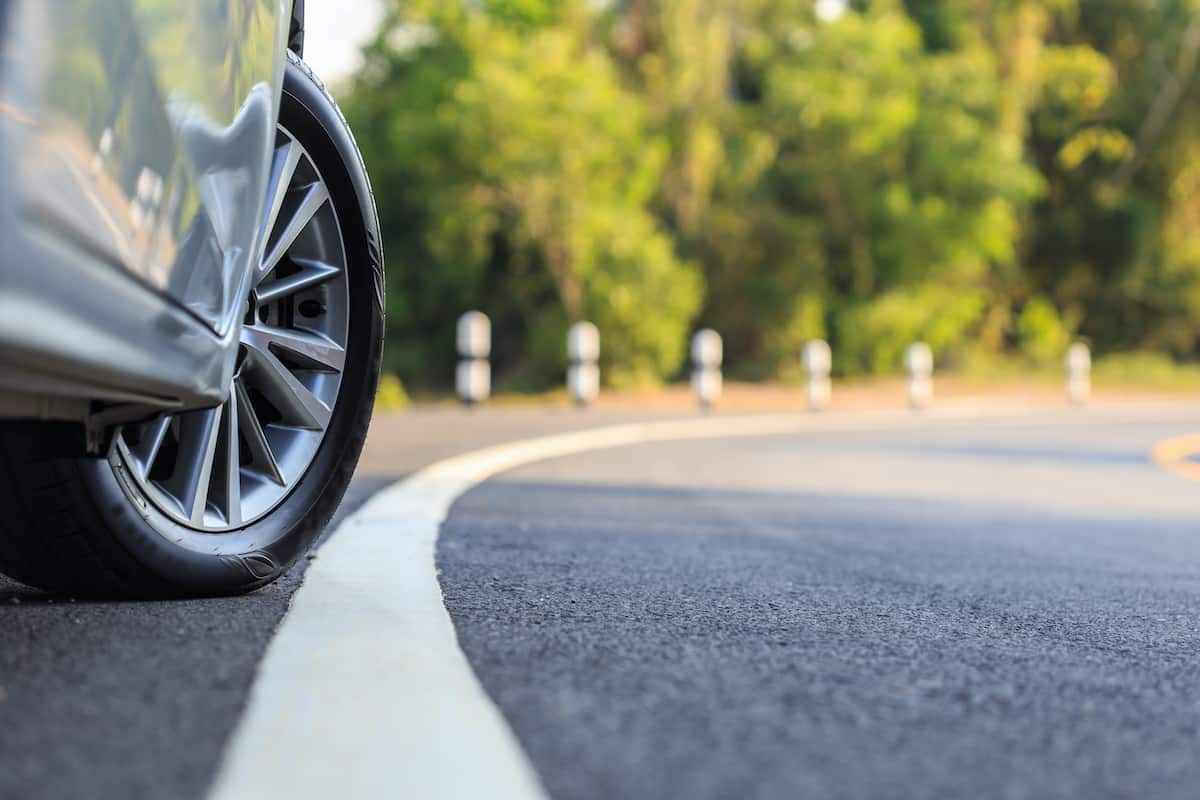Maintaining your tyres for a better performance and a longer lifespan
There are a lot of factors involved in how long your tyres will last, from driving conditions, to maintenance, and age. But a few occasional checks and regular servicing can help you to get as much life as you can out of your tyres—and significantly reduce the running costs of your car.
Re-tyre at the right time
It’s often overlooked, but car tyres should sometimes be replaced based on their age alone. Tyres on a garaged collector car—that have full tread, and have barely touched the road—can still be due for retirement.
The rubber in tyres can deteriorate as it ages, due to heat, sun exposure, and humidity—factors we experience all the time in Queensland. As it stands, there’s no law governing the age of tyres; but whether they’re worn out or not, it’s probably a good idea to replace them after five years or so.
If you’re not sure how old your tyres are, there’s probably a date code stamped on them that your tyre dealer will understand, so get them checked out.
Stick to one brand
There’s a lot of things allowed under the law that aren’t a good idea…including mixing brands when you buy new tyres. Brisbane has some unpredictable weather and dangerous road conditions, and if your car is fitted with several different brands of tyres—even on the same axle—you could be dramatically decreasing your car’s handling and your safety.
Even when you’re buying the same size, and you’re putting the new brand on the same axle, the difference between the brands could make for some serious safety issues, especially on wet roads. When you’re buying only one or two new tyres, buy them in the same brand as the ones you’re keeping on the car—or buy four new ones in the same brand.
Get a proper fit
Your car’s manufacturer determines which tyres best suit the car, taking into consideration how the car functions and what it’s mainly used for. There are laws governing tyre safety, and they need to be fitted properly or you could be risking fines—and negligence if you’re in an accident. Stick to the recommended sizes, load ratings and speed ratings specified in your handbook, or ask your tyre dealer which ones are the best for your make and model.
The tyres each side of an axle should be identical: the same brand, the same size, and the same tread pattern. Never mix different sizes of wheels or tyres, or a new tyre with an old tyre on the same axle—it’ll create an imbalance that could lead to poor handling, or even serious failure to control the car.
Ideally, you can fit four new tyres at a time. But if you can only fit two because of the expense, make sure you fit them at the rear—it’s more important, because losing grip at the back of the car is much harder to control than losing it at the front.
Keep up the pressure
Underinflated tyres are incredibly dangerous: they’re the leading cause of blowouts, and one of the main causes of accidents. Besides the obvious danger of poor handling and braking, they also increase your car’s fuel consumption as it struggles with heavy steering, and cause uneven wear on your tyres that will lead to early replacement.
It’s important to get your tyre pressure right. It’ll be listed with the other specifications on your car’s manual, but if you can’t find it, ask your tyre dealer. Your recommended pressure should take into consideration the average speed you’re driving, and the load of the car—if you’re doing long drives at high speed, or carrying heavy loads, you’ll need to adjust up the pressure.
Check the air pressure at least monthly. You can check it at any gas station, but it’s a good idea to get your own gauge to use at home when your tyres are cold (the pressure naturally increases when your tyres are hot from driving). If you travel a lot, or you’ve been driving in difficult and changing weather conditions, check them more often; if you notice a sudden drop, make sure to check for punctures or valve problems. And make sure to put your caps back on—they go a long way to preventing dirt from getting in, and air coming out.
Align, balance, rotate
The lifespan of your tyres is affected by problems with your car’s steering, suspension, wheel alignment, and wheel balance. If any of these are out of line, you’ll get uneven tread and wear on your tyres, and you’ll end up replacing them earlier. Maintaining these things might cost you more in servicing, but it’ll extend the life of your tyres—and your car.
Rotating your tyres can help lengthen their lives as well. This is particularly important in front-wheel drives, where the front axle tires are under pressure from braking and steering, and they wear faster than the rear axle tyres. Rotate your tyres every 5-8000 kilometres, even if you can’t see any evidence of uneven wear. You can rotate them in a cross rotation or straight rotation pattern, depending on your vehicle type—ask your tyre dealer to recommend which is the best way to change them.
And drive carefully! Impacting with the gutter and driving over potholes will throw out your alignment and cause damage, and excessive braking and accelerating will cause heavy and uneven wear.
Repair, restore, reuse

There are several types of tyre sealants that you can use to temporarily repair small punctures, but they should only be used long enough to drive the car to your repairer. But be careful—using some sealants will mean that your tyre is then irreparable, and will have to be discarded.
You can save a lot of money by repairing and maintaining your tyres, or even by purchasing refurbished used tyres. Brisbane’s wild weather and road conditions don’t have to cost you money in early replacements: at Coleman’s Tyre Company, we’ve got a comprehensive suite of mechanical services to help maintain your tyres, including wheel alignment and balancing, punctures and strip fit and balances, and tyre rotations. We’ve also got a complete range of professionally restored second-hand tyres to get you back on the road quickly, cheaply, safely—so contact our friendly staff anytime for help and advice.




